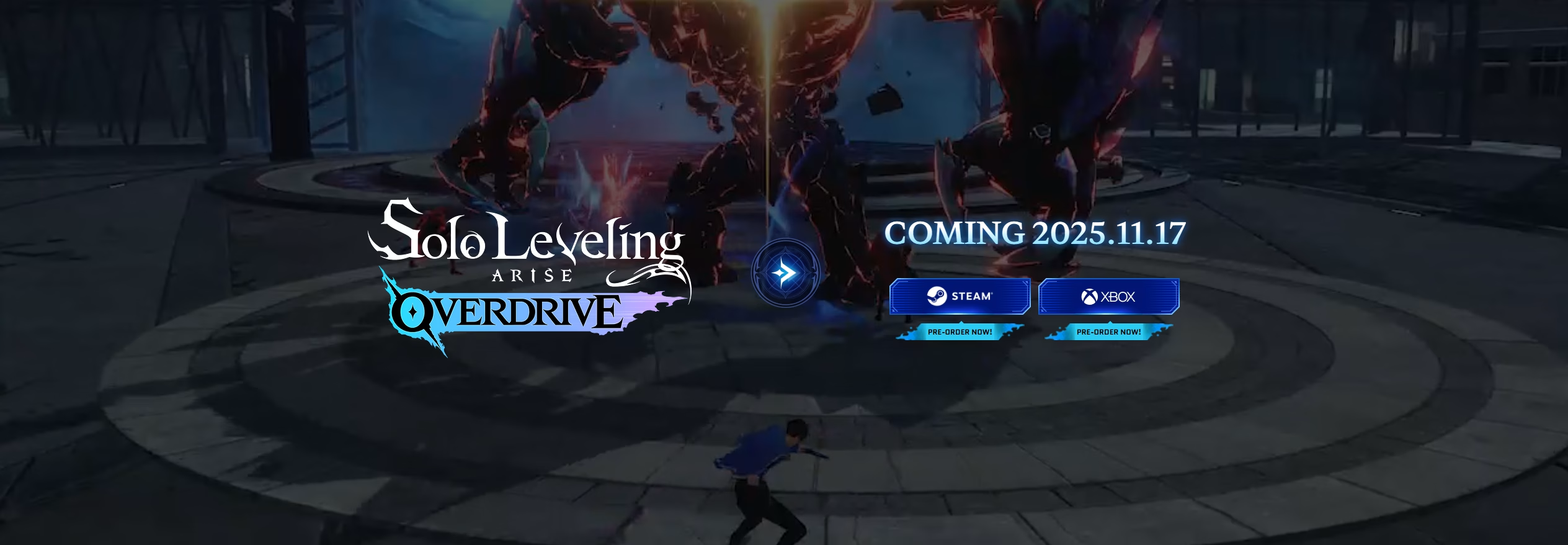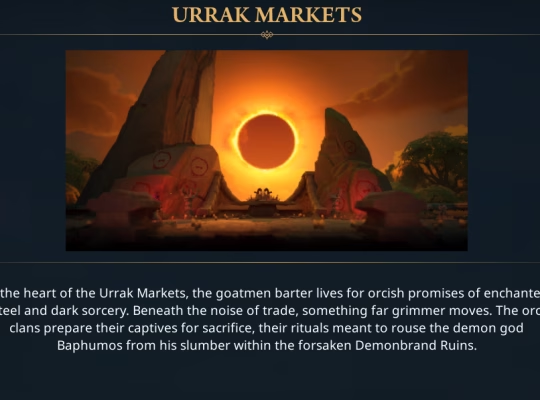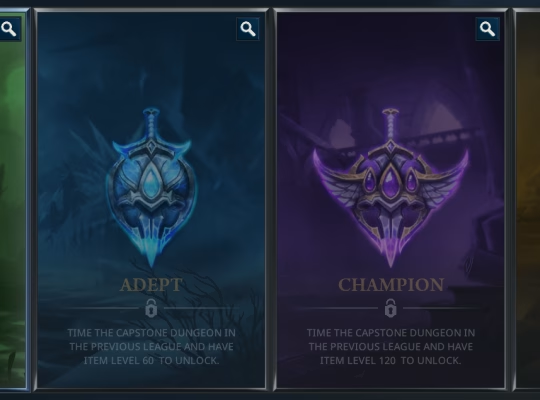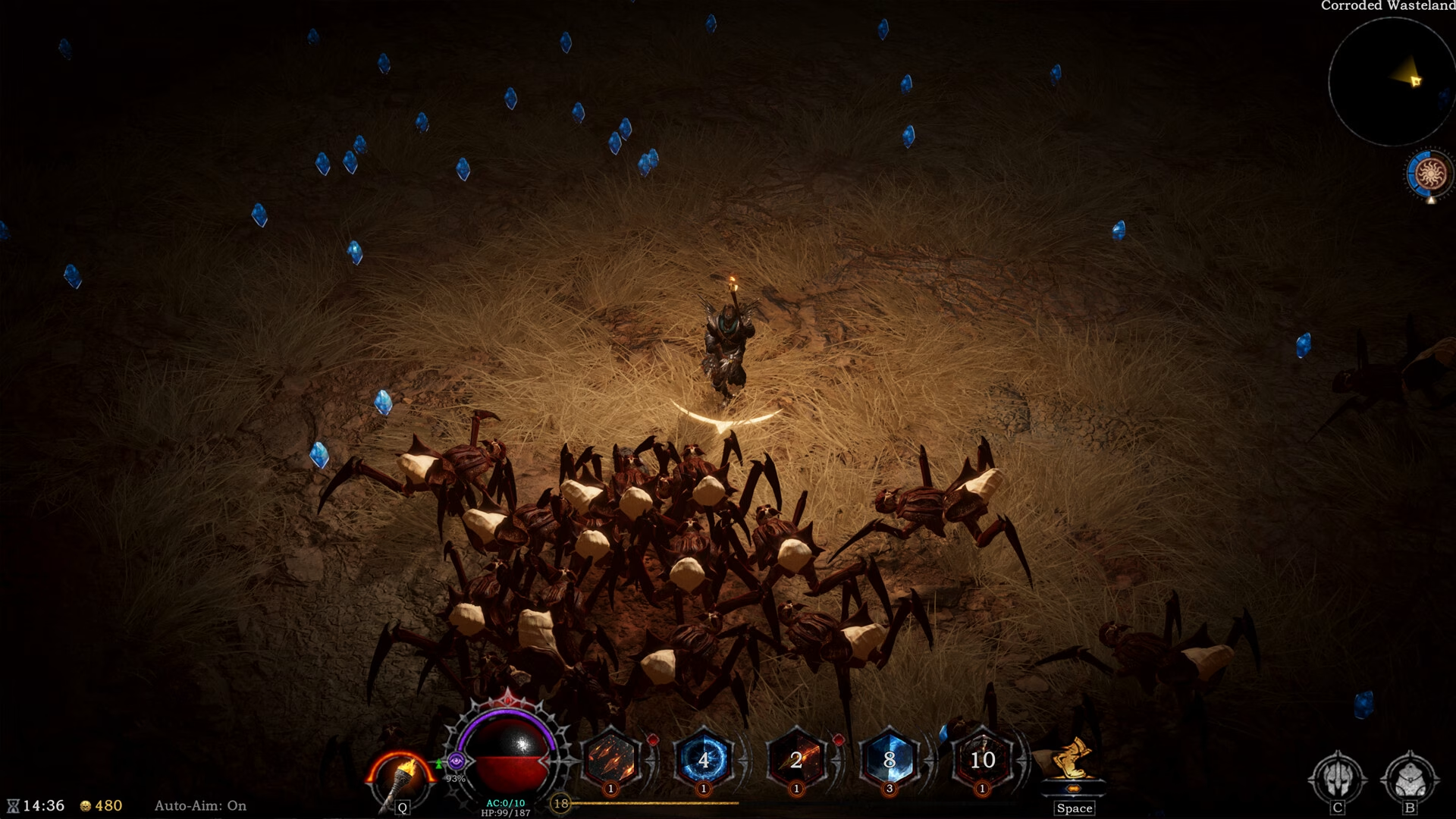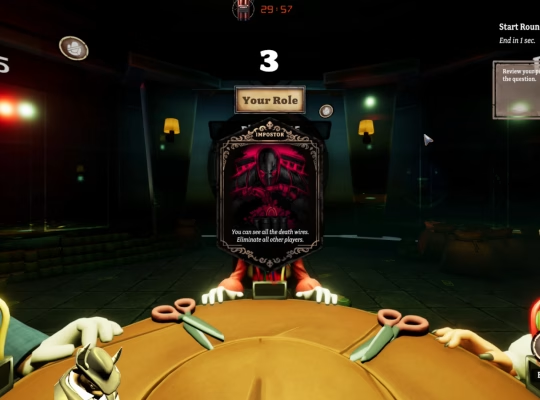Solo Leveling: Arise Overdrive has become one of the more talked about adaptations tied to the Solo Leveling franchise, and there is a fair amount of information circulating about it. Much of what follows is drawn from preview reports, developer statements, and early impressions, and should be read with cautious optimism, because some details remain subject to change.
| Platform | Expected release window | Core format | Monetization model | Multiplayer |
| PC (Steam) | November 17, 2025 | Single player action RPG with co-op | Premium purchase, no gacha | 4-player co-op raids confirmed |
| PS5 | 2026, tentative | Next-gen port with enhancements likely | Likely premium, specifics unconfirmed | Planned, timing unclear |
| Xbox Series X | S | 2026, tentative | Likely premium, specifics unconfirmed | Planned, timing unclear |
Overview And Release Plans

Arise Overdrive is being presented as a full action RPG adaptation of the Solo Leveling property, and it is likely intended as a more traditional, premium experience than earlier mobile adaptations. The most commonly reported timeline points to a primary PC launch in mid to late November 2025, with console versions on PS5 and Xbox Series X|S expected sometime in 2026, although those later dates may be subject to revision. It should be emphasized that release windows for multi-platform titles can shift during certification and localization, and this possible slippage is a realistic risk.
The positioning of Overdrive appears deliberate, it may be meant to appeal to players who want cinematic, anime-style combat without the randomness that is often associated with mobile gacha games. At the same time, as some observers on sites like Rivals Sector have suggested, Overdrive may reuse assets and systems from prior Solo Leveling titles. This raises an open question about how much of the experience is genuinely new and how much is a repackaging of existing material. Both interpretations are plausible, and determining which is more accurate will probably require a side-by-side analysis of the final builds.
Key Features And What To Expect From Gameplay
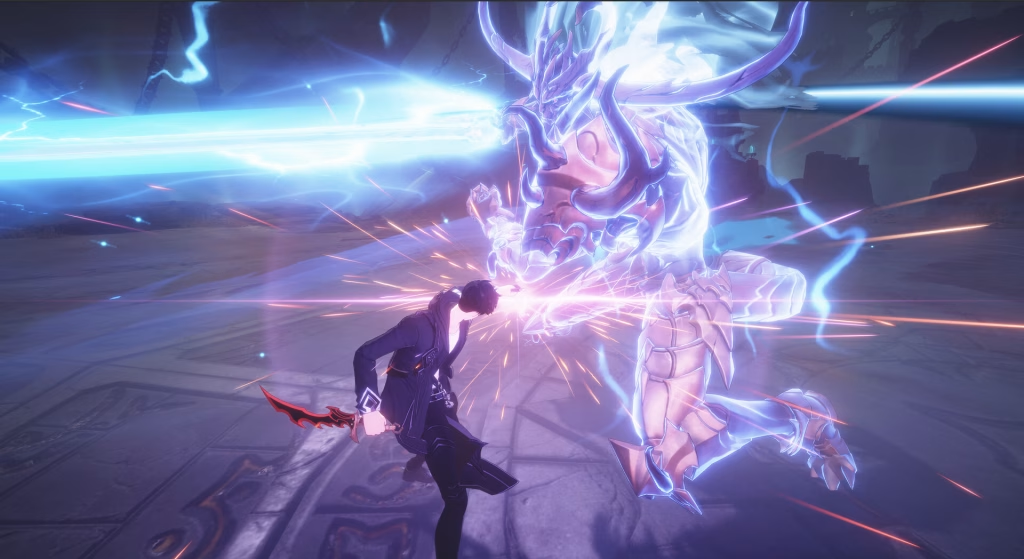
Reports describe the game as centering on fast, flashy combat designed to reflect Sung Jinwoo’s increasing power, and the systems mentioned suggest a layered approach to progression. Players can likely expect responsive action inputs, with features such as evasive maneuvers, parry windows, and a high-impact transformation mechanic that may be labelled or function like an “overdrive” mode, allowing temporary boosts and cinematic moves. There also appears to be a multi-class or job style system, which may let players lean into differing combat archetypes while keeping the protagonist identity intact.
Progression systems are described in terms of separate growth tracks – for example weapon upgrades, artifact enhancements, and a shadow-army progression that scales independently. Crafting is reported to be present, tied to monster drops and narrative weapons, and this could encourage exploration of dungeons and repeat encounters. Co-op features, particularly 4-player raids against boss encounters, are flagged as a core social element, which means group coordination and content designed for replay may be a major component of endgame design.
Some reviewers who tested early demos found the combat engaging in short bursts, while noting that the systems need more depth to avoid feeling repetitive over long play sessions. This observation does not prove the full release will suffer the same fate, but it does indicate the balance between spectacle and sustainable mechanical depth may be the most important determinant of the game’s long-term reception.
Monetization And The Shift Away From Gacha
A notable point that has drawn attention is the stated removal of gacha mechanics for Overdrive. The move away from random pull systems, if implemented as described, suggests a deliberate design choice to prioritize gameplay unlocks and crafted progression over monetized chance. That choice could broaden the game’s appeal to players skeptical of microtransaction driven progression, and it may also indicate a strategic pivot by the publisher toward premium, owned content.
Despite this, several prudent caveats remain. Monetization can take many forms beyond gacha, including paid expansions, cosmetic microtransactions, season passes, and paid boosts, and the final package may include some of these elements. Until a complete pricing and post-launch plan is published, it is reasonable to treat the absence of gacha as a strong signal, but not as an exhaustive guarantee of an entirely monetization free experience.
Early Impressions, Strengths, And Potential Weaknesses

Initial hands-on impressions and preview coverage tend to converge on a few themes. Strengths often cited include the visual fidelity of combat, the sense of power progression when executing higher tier abilities, and the cinematic presentation that evokes the anime and webtoon energy. Co-op boss fights are commonly described as fun in the moment, and the possibility of building a personal shadow army may offer a distinctive identity for the protagonist compared to other ARPGs.
However, there are recurring concerns that deserve attention. Some previews reported a thinness in environmental variety and quest design, which could make the loop feel grindy once the initial novelty fades. Interface usability, especially for controller players, was sometimes described as less polished than mouse and keyboard navigation, and that could matter for console ports. Finally, the reuse of assets and UI elements has sparked debate about whether Overdrive represents a fresh title or a paid refactor of earlier work. These critiques are plausible and actionable, and they highlight where post-launch feedback will be most informative.
What Remains Uncertain And Deserves Watching
Several important questions remain unanswered or only partially clarified, and these are the points most likely to change the overall judgment of the game in the months after release.
First, asset reuse versus fresh creation: how much of Overdrive’s content is newly built, and how much is adapted from earlier Solo Leveling products? If assets were reused in service of a larger, higher quality build, that may be forgivable. If the reuse amounts to cosmetic tweaks on a mobile core, perceptions of value could be impacted.
Second, post-launch monetization and support: the absence of gacha is encouraging, however the role of paid expansions, cosmetic stores, and season content is not yet clear. Some experts think the publisher will favor a hybrid approach that aims to both monetize and avoid the most controversial systems, but that is speculative and requires further observation.
Third, long term engagement: raid design, matchmaking, and endgame rewards will determine whether Overdrive sustains an active player base. If raid content is deep and varied, the co-op features may provide longevity. If raids are repetitive with limited reward scaling, player retention could drop. This is a judgment that depends on content cadence after launch.
Fourth, platform parity and performance: console ports are scheduled later, and their quality will likely vary. Controller interface polish and performance optimization are particular risk areas. Readers should assume variability across platforms until independent tests and user reports confirm parity.
Balanced Takeaways And Practical Advice For Readers
For fans of the Solo Leveling property, Overdrive may be an appealing proposition, because it appears to emphasize action, narrative beats, and co-op spectacle over monetized chance mechanics. It is plausible the game will satisfy players who want to experience Jinwoo’s progression in a playable, cinematic form.
At the same time, reasonable skepticism seems prudent. Early reports that highlight repetitive content or shallow systems suggest the full evaluation should wait until widespread player impressions and independent reviews are available. Some experts recommend waiting for a few weeks of post-launch feedback, particularly to understand the endgame loop and the developer’s commitment to updates. Others caution that pre-order incentives should be weighed against what is definitively known about content depth.
If you plan to buy the game at launch, consider the following practical pointers, which may help manage expectations and cost:
- If you primarily want a single player narrative experience, evaluate whether the price and reported content breadth justify an early purchase.
- If co-op raids appeal to you, watch for player reports about matchmaking and raid difficulty pacing during the first weeks.
- If you dislike cosmetic microtransactions, read post-launch monetization policies carefully before purchasing deluxe editions.
Bottom Line
Solo Leveling: Arise Overdrive looks positioned to be a visually intense and mechanically cinematic adaptation of a popular franchise, with a clear intent to move away from randomized monetization and toward a premium, gameplay focused offering. However, as noted in our reviews, questions about asset reuse, long term content freshness, and precise post-launch monetization remain unsettled. These unknowns could shape whether the title becomes a durable success or a short lived spectacle.


